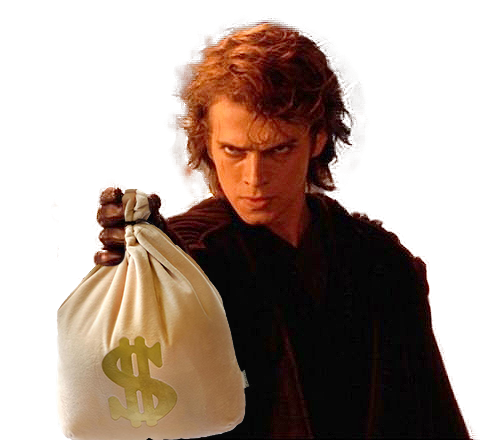The last time I went to the theatre to watch a movie was to see Baby Driver. If you haven’t seen it (shame on you) don’t worry, this isn’t a piece about that movie. This piece is about what that movie represents: an original intellectual property in a sea of sequels.
Sequels hardly ever live up to the standard set by their predecessor. Think of your favorite movie, of all time. Is it a sequel? Unlikely. That’s because the sequel is so often just a shadow of the original, a cut and paste copy of the film before made simply to cash in on the series’ earlier success.
We all know why sequels fail, but when do they work? Have there been sequels that rose up beyond the success of their predecessors, or are all sequels doomed to fail?
Well let me take you back to 2004, to a movie about everyone’s friendly neighborhood Spider-man. Spider-Man 2 was by far the best of the Tobey Maguire trilogy, and until the release of Spider-Man: Homecoming, possibly the best Spider-Man of all time.
The original Spider-Man trilogy shouldn’t have worked. The first movie featured a 29-year-old Tobey Maguire playing a nerdy high school boy and the quick-witted Spider-Man. In case you have managed to avoid it this long, Maguire’s doughy face only has one expression: a slightly confused grin.
Doesn’t sound like a good action hero, does it? And, in the first movie at least, it wasn’t great. It was full of camp and angst, and it didn’t seem to take itself seriously. But when Sam Raimi was given the reigns for Spider-Man 2, we got our only glimpse of what Spider-Man should be until Marvel would give it it’s second reboot.
Movie critic Roger Ebert put it best: “It’s not camp and it’s not nostalgia, it’s not wall-to-wall special effects and it’s not pickled in angst. It’s simply and poignantly a realization that being Spider-Man is a burden that Peter Parker is not entirely willing to bear.”
When Raimi’s restrictions were removed, he could realize his creative vison for the web slinger. That’s what a good sequel needs, someone with creative drive who views the sequel as their chance to add something to the series, not to their bank account.
Spider-Man 2 isn’t the only sequel to live up to its namesake. Finding Dory (2016) was a successful sequel to the 2003 hit Finding Nemo.
It’s rare for sequels to children’s movies to work, let alone be as good as the original, but the advantage Finding Dory had was time. 14 years had passed before the sequel was released, which built demand and allowed a whole new generation of children to enjoy it.
But time isn’t always enough. Some of the worst sequels, or should I say prequels, were Episodes I, II and III of Star Wars. There was a 16-year gap between Return of the Jedi and Phantom Menace, and while the film is ranked #10 on the all-time domestic gross income (right behind Finding Dory) it’s common knowledge that the film itself is garbage.
It’s box office success is easily attributed to the hype surrounding the end of a 16-year Star Wars dry spell, but it’s the critical response I am interested in.
The reason the Finding Nemo sequel was a success was because it gave its fans what they wanted: Finding Nemo the way they remembered it. Star Wars was a critical flop because it’s narrative was weak, and introduced changes that angered the fan base. Time between films is an incredible advantage for a sequel, but it gives fans time to build the original up in their minds.
I’m sure there are more examples of good sequels than this, but as I said before the bad far out-weigh the good. But if you are ever tasked with producing a sequel for a hit movie, just take a moment to ask yourself if you’re making it for the right reasons.

